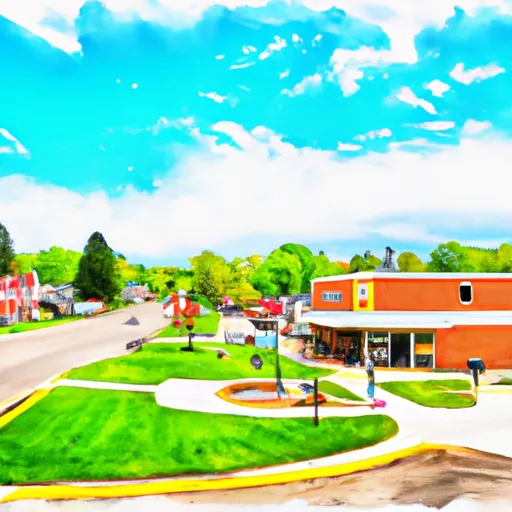°F
°F
mph
Windspeed
%
Humidity











Milladore is a small village located in Wood County, Wisconsin. The climate in Milladore is classified as humid continental, characterized by warm summers and cold winters. Average temperatures range from the 20s °F (-6 °C) in winter to the 70s °F (20s °C) in summer. Precipitation is fairly evenly distributed throughout the year, with an average annual rainfall of around 32 inches (81 cm) and snowfall of about 40 inches (102 cm).
Milladore is situated near the headwaters of the Yellow River, providing abundant hydrology constituents in the area. The river offers opportunities for fishing, canoeing, and kayaking, with various species such as trout, bass, and walleye attracting anglers. Additionally, the surrounding region boasts numerous lakes and streams, offering further water-based recreational activities.
Outdoor enthusiasts will find plenty of opportunities to explore the natural beauty of Milladore. There are several parks and trails nearby, including the Yellow River State Wildlife Area and the Ice Age Trail. These areas provide excellent opportunities for hiking, birdwatching, wildlife viewing, and nature photography.
Overall, Milladore, Wisconsin offers an appealing climate, diverse hydrology constituents, and ample outdoor recreation opportunities for residents and visitors alike.
Weather Forecast
Milladore receives approximately 823mm of rain per year, with humidity levels near 82% and air temperatures averaging around 7°C. Milladore has a plant hardyness factor of 4, meaning plants and agriculture in this region thrive during a short period during spring and early summer. Most plants will die off during the colder winter months.
Regional Streamflow Levels
6,600
Cubic Feet Per Second
1,720
Cubic Feet Per Second
5
Cubic Feet Per Second
802
Cubic Feet Per Second
Nearby Camping
| Camping Area | Reservations | Toilets | Showers |
|---|---|---|---|
| Lake Columbia | |||
| Walkiah Bluff Water Park | |||
| Dry Creek Water Park | |||
| Roosevelt State Park | |||
| St. Bernard State Park | |||
| DLo Water Park |



